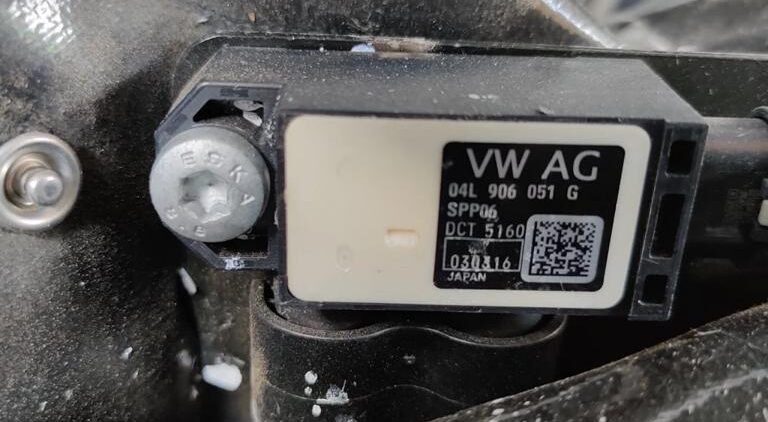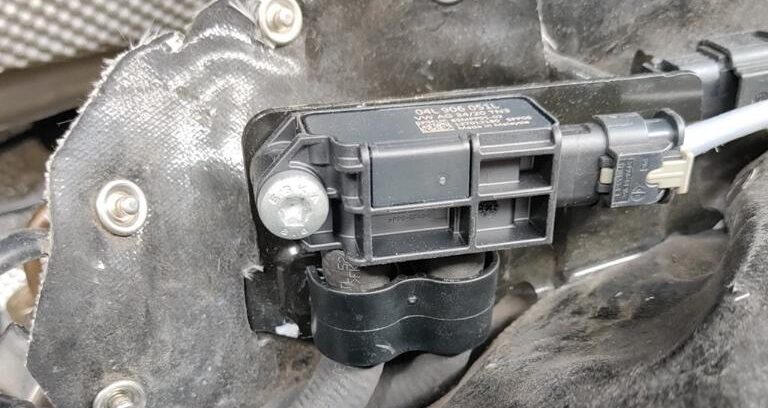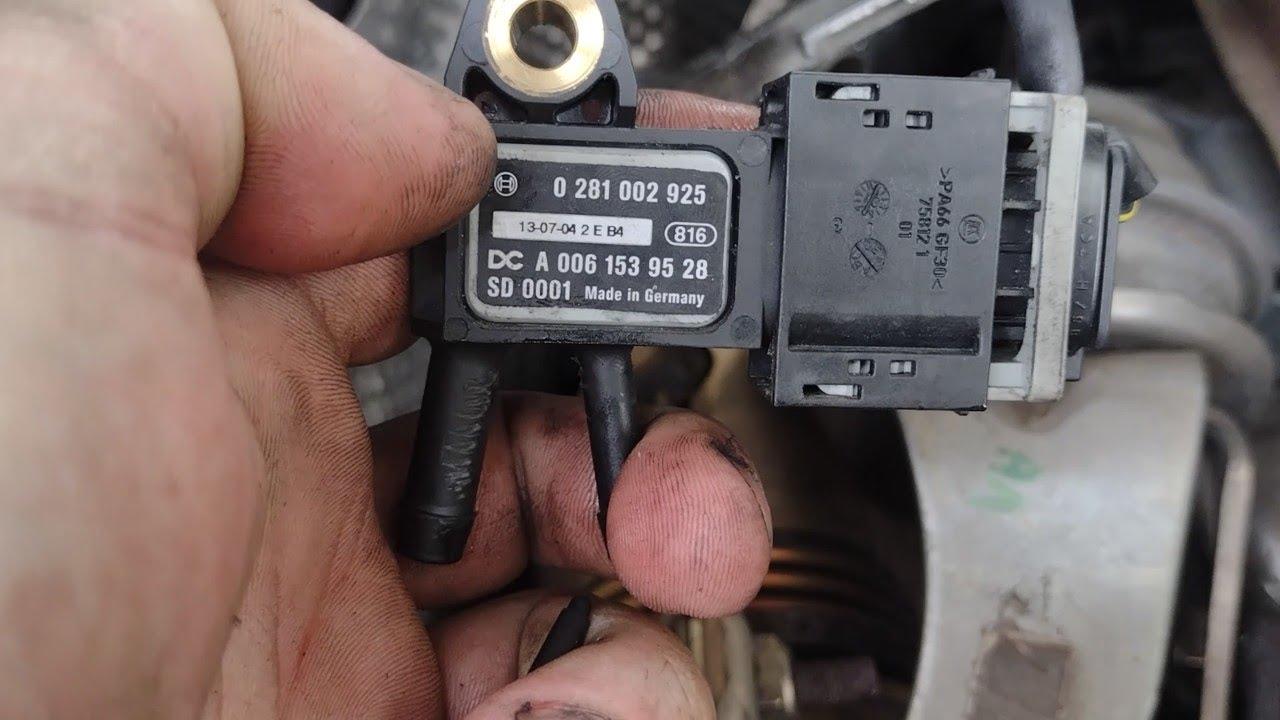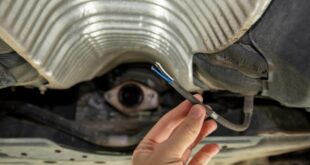The Differential pressure sensor is an inconspicuous but very important component of modern vehicles. It plays a central role in monitoring and regulating various systems in the car, especially in the emission Control system. The sensor's job is to measure the pressure difference at two points. The measurements are crucial for the efficiency and performance of the Motors and for compliance with emissions standards. Below we take a look at the function, importance and maintenance of the Differential pressure sensor.
Function of the differential pressure sensor
At the heart of the function of the Differential pressure sensor lies the ability to recognize and measure subtle differences in pressure. The measurements are essential for engine control as they provide information about the condition and efficiency of the Exhaust gas recirculation system (EGR) delivery. In diesel engines, for example, the sensor is used to measure the pressure difference across the particle filter. The engine control unit can use the data to recognize when the filter needs to be cleaned, which is usually done by the Regeneration he follows.
The importance of the differential pressure sensor
The meaning of the Differential pressure sensor cannot be overestimated. In fact, it is directly responsible for reducing emissions of harmful gases and particles. By providing precise data, it enables the vehicle to optimize consumption and maximize performance. Sensor malfunctions can lead to increased consumption, reduced engine performance and ultimately expensive damage to the exhaust system.
Symptoms of a defective differential pressure sensor
The signs of a defect Differential pressure sensor can be diverse. These include increased smoke from the exhaust, loss of engine power, increased fuel consumption and, in many cases, the check engine light (MKL) coming on. Modern vehicles can inform the driver via the on-board diagnostic system (OBD) if the sensor is operating outside the specified parameters.
Differential pressure sensor maintenance
The maintenance of the Differential pressure sensor is usually minimal and can often be limited to regular checks. It is important to ensure that the sensor is clean and free of debris that could affect its measurement accuracy. In some cases the sensor can be cleaned if dirty, but replacement is often a safer and more effective solution.
Conclusion
- The Differential pressure sensor plays an important role in the modern vehicle by providing data for engine management and emissions control. A functioning sensor helps ensure compliance with environmental standards, improves performance and reduces consumption. If there are any signs of malfunction, it is important to act quickly to avoid further damage.
Function of the differential pressure sensor
- Monitoring the diesel particulate filter: The differential pressure sensor measures the pressure difference before and after the DPF to determine the amount of soot particles accumulated. This data allows the engine control unit to calculate the optimal time for regeneration of the filter.
- Use in the area of low-pressure exhaust gas recirculation (low-pressure EGR): Here the sensor measures the pressure difference to control the EGR rate for optimal combustion and low emissions.
- Technology: The sensor uses a piezoresistive elementto measure pressure differences. It is designed for a wide temperature range of -40 ° C to 150 ° C and for pressure differences of up to 100 kPa.
Symptoms of a defective differential pressure sensor
- The indicator lights light up: Specifically, the diesel particulate filter light or check engine light can be an indicator of problems with the differential pressure sensor.
- Error codes in the engine error memory: If a defect is suspected, reading the engine error memory often provides a corresponding error code.
- Measurement of sensor outputs: The usual pressure range is between 0 and 1 bar, which causes tensions of about 0,5 to 4,5 volts corresponds. These can be checked with a multimeter.
What to do if there is a defect?
- Quick replacement required: To avoid damage to the DPF and other components such as the turbocharger, a defective differential pressure sensor should be replaced immediately.
- Independent exchange possible: In some cases, replacing the sensor can be carried out without specialist knowledge, paying close attention to the manufacturer's instructions.
- Cleaning as a first measure: Often just cleaning the sensor and its pressure hoses can solve the problem.
- Recommendation when replacing DPF: If the diesel particulate filter is replaced, it is advisable to also install a new differential pressure sensor as their service life is similar.
- Additional replacement of charge air hoses: When changing the sensor, the charge air hoses should also be checked and replaced if necessary.
thematically relevant posts
In our category Tips, products, information & Co We have reviews of car or accessories manufacturers, new ones Tuning Wiki Terms or one or two leaks published.
|
What tasks does the headlight cleaning system actually have? |
 tuningblog.eu Your magazine about tuning the car
tuningblog.eu Your magazine about tuning the car




